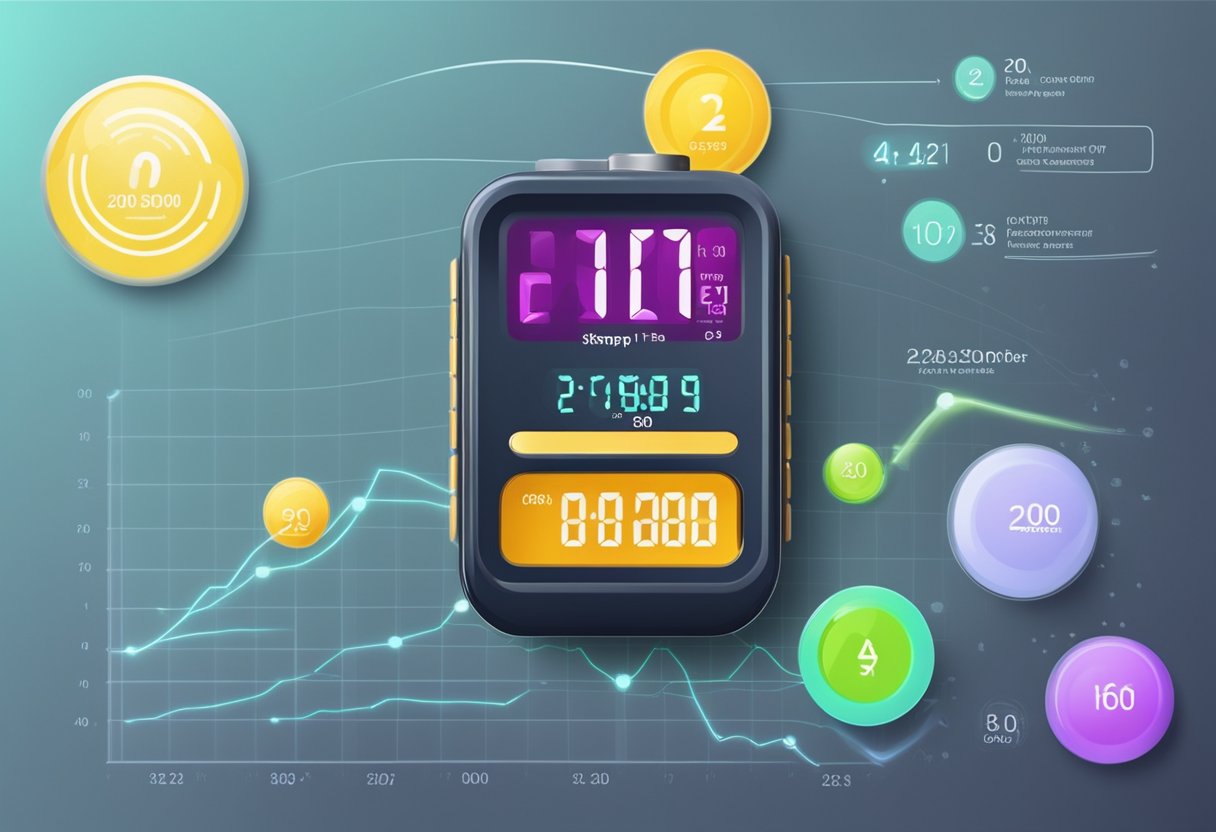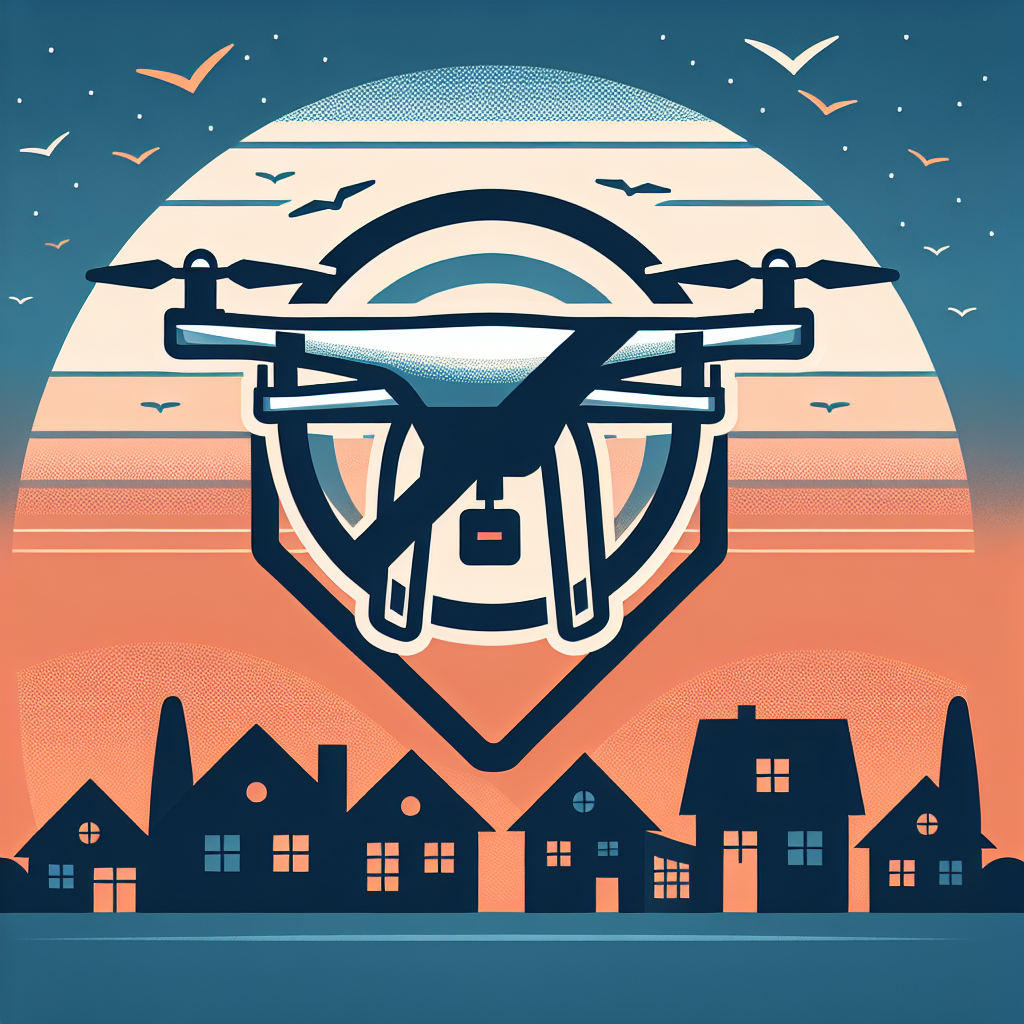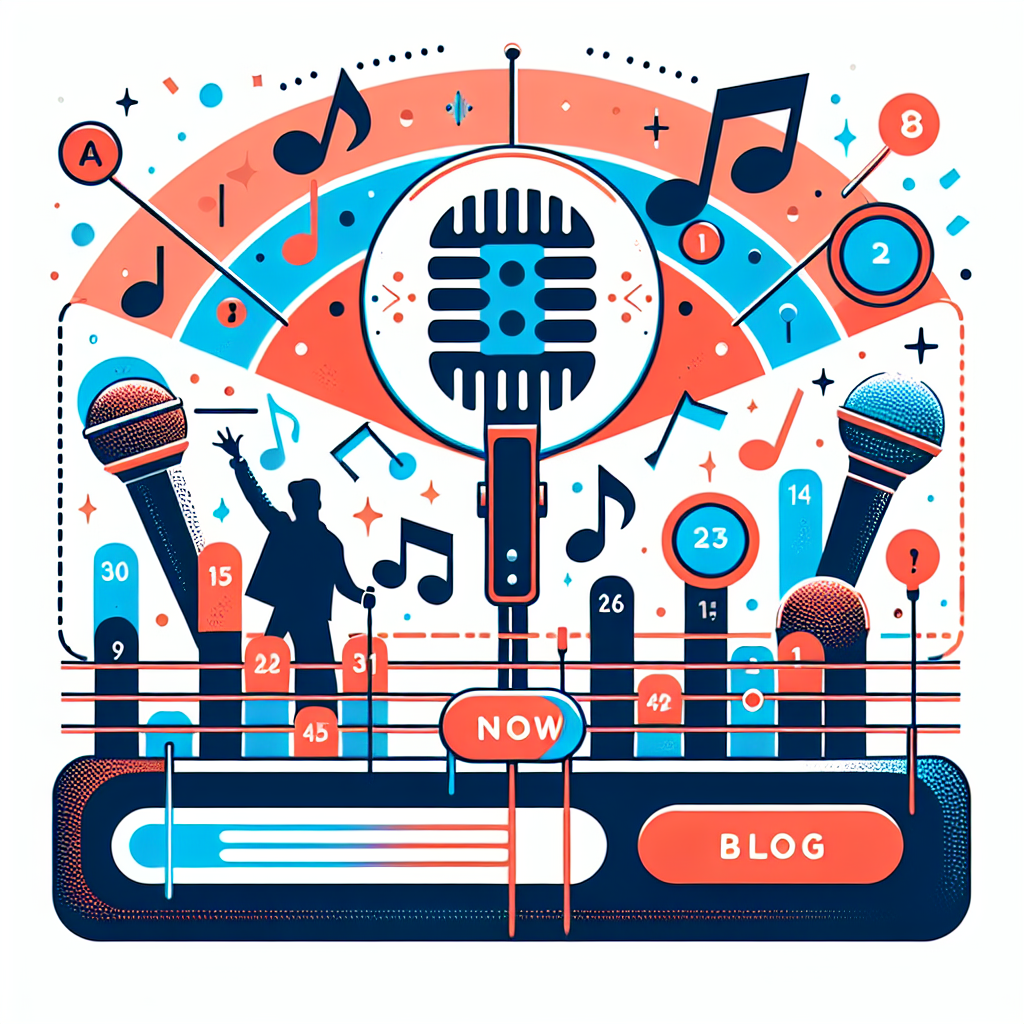Understanding Low Blood Pressure in the Morning: Causes and Solutions
Low blood pressure in the morning can be concerning for many individuals. In this article, we explore causes, symptoms, and effective management strategies.

What is Low Blood Pressure (Hypotension)?
Low blood pressure, or hypotension, occurs when blood pressure readings fall below normal levels, typically considered to be less than 90/60 mmHg. It can result in various symptoms, particularly when it occurs in the morning, leading to questions around its causes and how to manage it.
Why is Blood Pressure Lower in the Morning?
For many individuals, blood pressure is naturally lower in the morning upon waking. This can be attributed to the body’s regulatory mechanisms and hormone levels. Here are some common reasons:
- Body Position: Transitioning from a lying down position to standing can cause a sudden drop in blood pressure (orthostatic hypotension).
- Hydration Levels: Overnight fluid loss through sweat and breathing can lead to dehydration, reducing blood volume and, consequently, blood pressure.
- Cortisol Levels: Cortisol, the stress hormone, tends to rise during the morning, but in some individuals, insufficient levels can hinder blood pressure regulation.
- Medications: Certain medications taken at night, such as diuretics, can impact morning blood pressure.
Common Symptoms of Low Blood Pressure in the Morning
Individuals experiencing low blood pressure in the morning may notice a variety of symptoms, which can include:
- Dizziness or lightheadedness
- Fatigue or weakness
- Nausea
- Blurry vision
- Fainting in severe cases
Managing Low Blood Pressure in the Morning
If you frequently experience low blood pressure symptoms in the morning, consider the following management strategies:
- Stay Hydrated: Increase water intake, especially before bed and upon waking, to maintain blood volume.
- Adjust Your Diet: Consuming a balanced diet with adequate salt may help elevate blood pressure, but consult a healthcare provider before making drastic dietary changes.
- Elevate the Head of Your Bed: Sleeping with your head raised can help prevent blood from pooling in your legs, reducing morning dizziness.
- Take Your Time: When waking, sit up slowly and allow some time before standing. This helps avoid drastic changes in blood pressure.
- Consult a Healthcare Professional: If low blood pressure in the morning is persistent and troublesome, seeking guidance from a healthcare provider is essential to rule out any underlying conditions.
Potential Underlying Conditions
In some cases, low blood pressure in the morning may be symptomatic of a more serious health issue. Potential underlying conditions include:
- Heart Problems: Conditions such as bradycardia or heart valve issues that affect heart function.
- Endocrine Disorders: Conditions like adrenal insufficiency can impact hormone production, affecting blood pressure regulation.
- Neurological Disorders: Disorders that affect the nervous system can disrupt the body's ability to regulate blood pressure.
The Role of Exercise
Regular physical activity can help improve overall cardiovascular health, potentially reducing episodes of low blood pressure. Some beneficial exercises include:
- Aerobic exercises: Walking, jogging, or cycling can enhance heart efficiency.
- Strength training: Building muscle can aid in better blood circulation.
- Flexibility exercises: Activities such as yoga can improve balance and reduce incidents of dizziness.
When to Seek Medical Help
If you notice persistent symptoms of low blood pressure, particularly upon waking, or if you experience severe dizziness or fainting, consult a medical professional. It’s crucial to rule out serious underlying health conditions and receive personalized guidance.
Conclusion
Low blood pressure in the morning, or niedriger blutdruck morgens, can be attributed to various factors, from body position to hydration levels and even medication effects. Understanding your body’s responses and implementing management strategies can significantly improve your morning experience. Always consult with a healthcare provider to ensure the best approach for your individual health needs.
New posts

Understanding Normal Pulse Rates: What Is a Normal Pulse?
Fitness

Understanding Ruhepuls 60: A Guide to Optimal Heart Rate
Fitness

Understanding Ruhepuls 45: The Ideal Resting Heart Rate for Your Health
Fitness

Understanding Normal Pulse Pressure: What You Need to Know
Lifestyle

Low Blood Pressure and Trembling: Understanding the Connection
Wellness

Understanding Low Blood Pressure at Night: Causes, Symptoms, and Management
Wellness

Understanding Pulsdruck: Key Insights into Your Blood Pressure Dynamics
Wellness

Understanding Why You Might Experience Niedriger Blutdruck
Lifestyle

Navigating Low Blood Pressure and High Pulse: Key Insights
Wellness

Understanding Ruhepuls 40: What It Means for Your Health
Fitness
Popular posts

Understanding Low Blood Pressure and Tiredness: Insights and Solutions
Lifestyle

Understanding Low Blood Pressure with High Pulse Rate
Wellness

Understanding Normal Blood Pressure: A Deep Dive
Wellness

Effective Strategies for Managing Heart Palpitations: What to Do When Experiencing Herzrasen
Lifestyle

Recognizing the Symptoms of High Blood Pressure
Wellness

What to Do When You Have a High Heart Rate
Lifestyle

Understanding Low Blood Pressure: What Does the Lower Value Mean?
Wellness

Understanding Blood Pressure: What Does 110 Over 70 Mean?
Lifestyle

Understanding High Pulse and Low Blood Pressure: Causes and Solutions
Management

Effective Remedies for Low Blood Pressure
Lifestyle